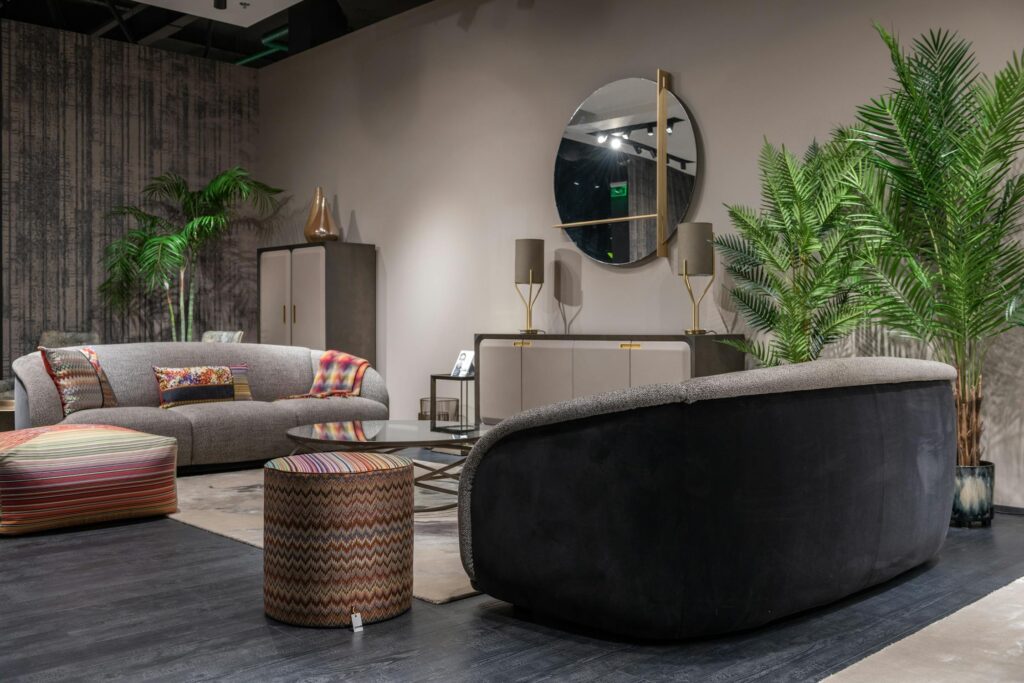
Welcome, fellow interior design enthusiasts! Are you ready to transform your home into a haven of health and wellness? In this guide, we’ll explore the art of creating wellness-oriented interiors that prioritize the well-being of both you and your loved ones. From incorporating natural elements to optimizing air quality, let’s embark on a journey to design spaces that nurture mind, body, and soul.
Natural light not only brightens up a room but also has numerous health benefits. Exposure to sunlight helps regulate our circadian rhythm, boosts vitamin D production, and enhances mood and productivity. As an interior designer, it’s essential to maximize natural light in your design to promote well-being.
Good air quality is vital for a healthy home environment. Poor indoor air quality can lead to respiratory issues and exacerbate allergies and asthma. Incorporate strategies such as proper ventilation, air purifiers, and the use of low-VOC (volatile organic compound) paints and materials to ensure optimal air quality in your design.
Biophilic design aims to reconnect us with nature by incorporating natural elements into our built environments. From indoor plants to natural materials like wood and stone, biophilic design has been shown to reduce stress, improve cognitive function, and enhance overall well-being. As an interior designer, consider integrating biophilic elements into your design to create spaces that soothe the soul and uplift the spirit.
Comfort and ergonomics are essential aspects of wellness-oriented interiors. Choose furniture and furnishings that provide adequate support and promote good posture. Consider factors such as seat height, cushioning, and lumbar support to ensure maximum comfort for occupants. Additionally, create spaces that encourage movement and physical activity to promote overall health and well-being.
Color and texture play a significant role in shaping the ambiance of a space. Soft, muted colors and natural textures evoke a sense of tranquility and serenity, promoting relaxation and stress relief. Incorporate calming hues like soft blues, greens, and earth tones, and use natural materials such as wood, linen, and wool to create a soothing environment that fosters well-being.
Incorporate elements that promote mindfulness and reflection into your design to encourage moments of introspection and self-care. Create designated areas for meditation, yoga, or quiet contemplation, complete with comfortable seating, soft lighting, and calming decor. By designing spaces that support mindfulness and reflection, you provide opportunities for occupants to connect with themselves and cultivate inner peace and harmony.
Designing wellness-oriented interiors goes beyond aesthetics; it’s about creating spaces that prioritize the health and well-being of occupants. By embracing natural light, optimizing air quality, integrating biophilic design, prioritizing comfort and ergonomics, fostering tranquility with color and texture, and designing for mindfulness and reflection, you can create environments that nurture mind, body, and soul.
As an interior designer, you have the power to positively impact the lives of your clients by designing spaces that promote health, happiness, and holistic well-being. So go ahead, let your creativity soar, and design spaces that inspire and uplift, creating healthy home environments where wellness thrives.

Claim Your Free Design
Consultation That will get your mind
in order and help you express your personal style